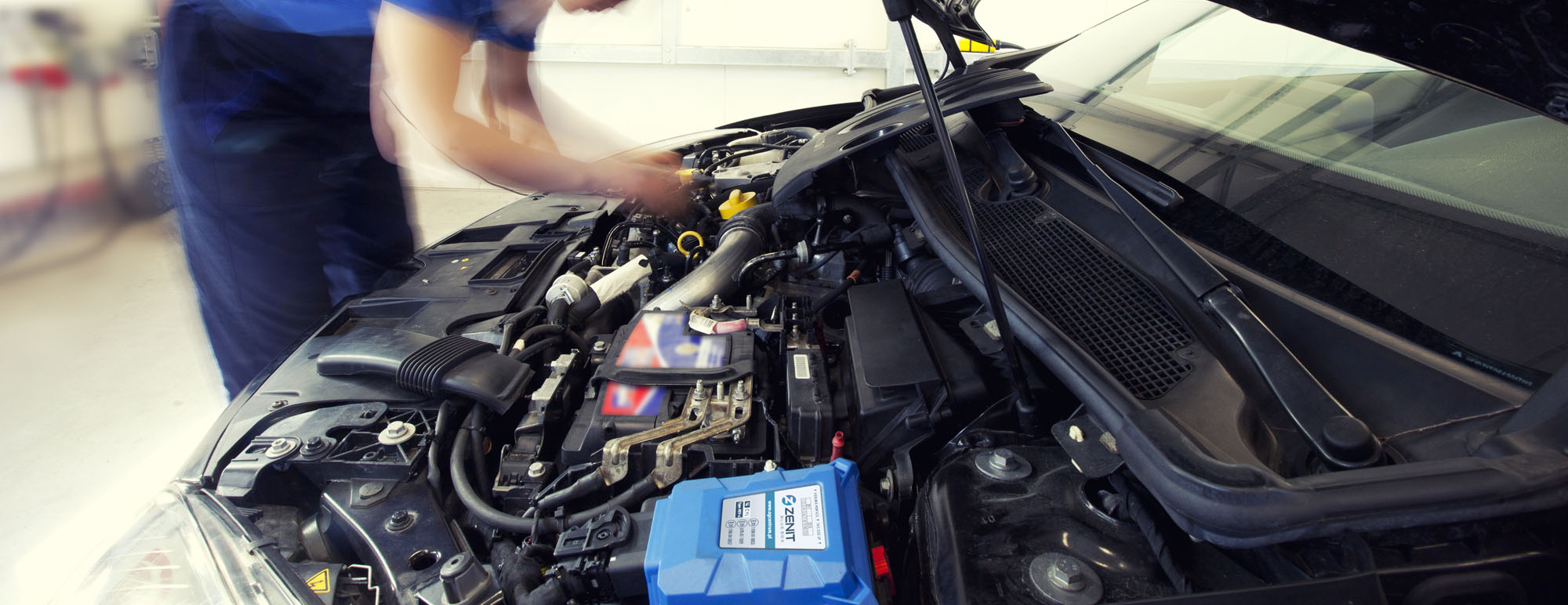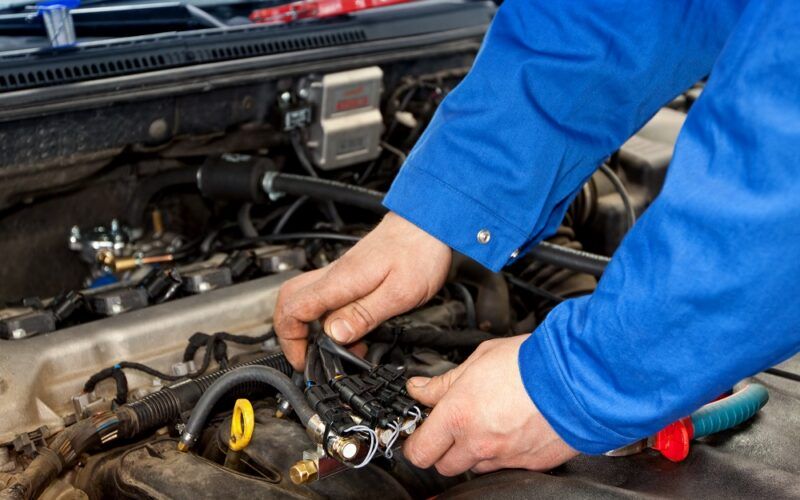‘How to check the tightness of an LPG installation?’
The gas installation in the car should be properly installed and used to work flawlessly and ensure safe driving. Faults in the gas system in the car should be reacted to immediately. How to check the tightness of an LPG installation? A gas leak from the installation is accompanied by a specific smell that cannot be underestimated. Foam leak testers for the gas system make it easier to perform self-checks of the gas system in the car. The tightness of the LPG system is also checked during the technical inspection of the vehicle.
Technical inspection of a car with a gas installation
Technical inspection of a car with a gas installation consists in checking the vehicle in terms of its compliance with the technical conditions and the correct operation of the vehicle’s systems and components, including the tightness of the car gas system. The inspection is carried out on the basis of the requirements of the Regulation of the Minister of Infrastructure of 31 December 2002 on the technical conditions of vehicles and the scope of their necessary equipment. The provisions of this act oblige to construct gas installations in a way that allows periodic tests to be carried out.
How does a gas installation tightness check look like in a gas workshop?
Professional gas workshops perform tightness tests of the gas system in the car with the use of an electronic gas detector. Connections of pipes and individual parts of the LPG system, sockets of safety valves, filling valves and gas solenoid valves are checked. The security of the gas installation, as well as the location and fastening of individual components of the gas system are subject to inspection. The technical inspection, which includes checking the tightness of the gas installation, is aimed at detecting any damage, looseness or worn components.
(Translated by google translate)

